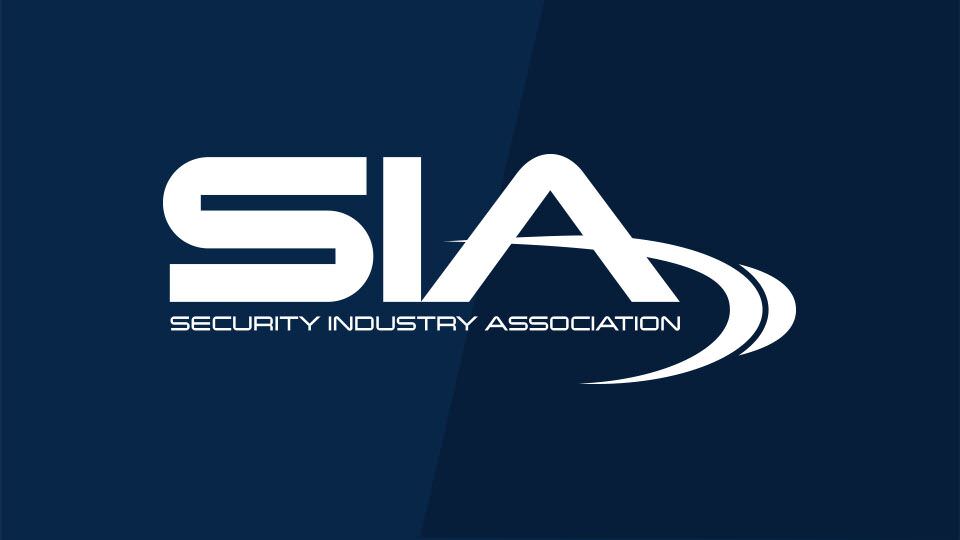Security Monitoring Trends to Watch in 2017

 As a company that integrates with a wide variety of security monitoring solutions—traditional physical security devices to business risk systems—SureView Systems obtains a unique perspective of the trends in the security monitoring arena. Looking ahead in 2017, here are five security monitoring trends we foresee.
As a company that integrates with a wide variety of security monitoring solutions—traditional physical security devices to business risk systems—SureView Systems obtains a unique perspective of the trends in the security monitoring arena. Looking ahead in 2017, here are five security monitoring trends we foresee.
VMS Move to the Cloud
Each of the major video management system (VMS) providers either have or are planning cloud storage options for their leading products. It’s a natural move for these companies to begin the migration from the premise to the cloud, as it ultimately provides a simpler customer experience. This will eliminate the high cost of maintaining premise-based servers and storage.
So, what’s holding this migration back? Simply put, pixels continue to outstrip bandwidth.
Camera manufacturers continue to offer more pixels in their cameras, providing customers with outstanding image clarity and visual range. Therefore, although bandwidth is rapidly expanding, it can’t keep up with the sheer size of these images. VMS providers are overcoming some of these challenges with adaptive streams and better event detection so only event video is stored in the cloud. We believe that this migration will accelerate in 2017 particularly for “greenfield” applications where simpler deployments can leverage this technology.
Mobile and Asset Tracking
This technology has been around for a long time; however, in 2016, we saw a renewed push for simple apps. These apps created the possibility to trigger SOS signals or real-time security “tips” to report into a security monitoring center. This has particularly become important in corporate environments where the “duty of care” to protect employees, customers and brand are paramount to chief security officers. To provide employees with assurance that proper protective measures are taken while expanding the net of surveillance, we expect corporations and public entities to deploy these systems through both their guard forces and employees.
Mass Notification
In the traditional physical security space, mass notification served as loud speakers notifying people that they need to evacuate the premise because of an active security event. Though these systems remain a critical part of any security deployment, increasingly mass notification are alerts sent to individuals via their phone, email, text, etc. This provides an efficient way to communicate to a large or targeted group or even an individual. As a result, this makes mass notification far more precise and less passive, where users can provide feedback and information to monitoring staff to help efficiently coordinate response. Like mobile tracking, deployments of these systems are being driven by the duty of care by corporations and organizations.
IoT in the Commercial Space
The adoption of Internet of Things (IoT) is taking off in the connected house, as people connect multiple different household device into a more holistic experience. However, in the commercial space, there have been sensors and systems monitoring for all types of devices for a long time. These building management systems have historically been large-scale proprietary platforms, which are complex and expensive to deploy and maintain. Expect manufacturers to begin offering devices and sensors that are simple to deploy and use standard IoT protocols but hardened for commercial use. This will be disruptive to the building automation industry. Furthermore, these new applications will deploy again in “greenfield” applications as a simple and cost effective way to monitor critical business systems.
Cybersecurity
Cybersecurity has been at the forefront of the news due to the recent election and high-profile company data breaches. The detection and response to these events will almost exclusively be the responsibilities of corporate IT departments. It is unlikely that physical security teams or security monitoring companies will be directly responsible for the primary monitoring of cyberintrusions, as they just don’t have the expertise or access to these systems to adequately respond.
So why include it in our list of security monitoring trends for 2017?
Primarily because ensuring that a system’s secure and operational best practices are followed will begin to place a far higher burden on physical security information management. The physical security team will need to make sure they have IT representation or expertise in their groups to undertake penetrations testing and audits on all security systems. Procedures for encryption of data transmission outside of corporate LANs will need to be followed, along with strict operational standards regarding passwords and user profiles. Security directors should anticipate an increase in costs to remain secure and compliant with the ever-changing landscape of cybersecurity.
What do these five trends mean for security monitoring?
They indicate a pending change in the mission, as well as direction, for security departments and security monitoring companies. Traditional physical security systems—burglar alarms, cameras and access control—will not be going away as they remain the foundation of securing most facilities. Yet, security monitoring stations are increasingly being asked to anticipate and ensure they are doing everything possible to eliminate the risk to employees, customers, and assets—and ultimately protect their brands. Protecting the corporate brand is one of the principal responsibilities of the executive team, and they are beginning to rely heavily on the security operations center to anticipate, reduce and respond to risks to employees and corporate assets. We see these shifts as part of a trend that has the security operations center becoming a more integral part of an organization.
The views and opinions expressed in guest posts and/or profiles are those of the authors or sources and do not necessarily reflect the official policy or position of the Security Industry Association (SIA).
